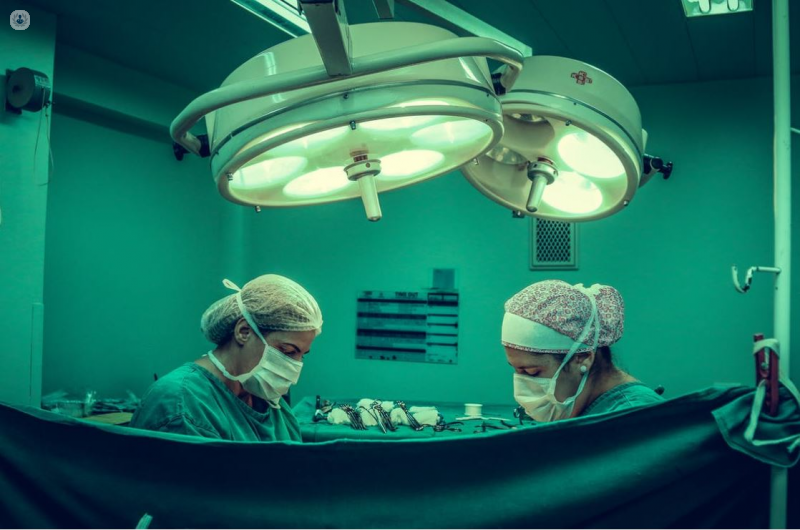Lymphadenectomy
What is lymphadenectomy?
A lymphadenectomy (also referred to as lymph node dissection) is a surgical procedure to remove one or more of your lymph nodes, or a group of lymph nodes. This procedure is mainly used in the surgical management of cancer. Samples of the removed nodes are evaluated in a laboratory under a microscope to check for the presence of cancer. This treatment helps prevent the spread of the cells and also helps to diagnose the stage the cancer is at.
The surgeon may give you local anaesthesia or general anaesthesia, depending on how many lymph nodes you’re having removed and from where. Among the types of lymphadenectomy are:
- Regional lymphadenectomy: some of the lymph nodes located near the tumour are removed
- Radical lymphadenectomy: all the lymph nodes in the area are removed

Why is a lymphadenectomy done?
A lymphadenectomy is used to determine if a patient’s cancer has reached any of the lymph nodes, or to remove the nodes knowing that they have become infected by cancer to prevent further spread and reoccurrence. Cancer cells can reach the lymph nodes by travelling through the bloodstream or lymphatic system and ultimately, reach other organs from the original site or grow in the lymph nodes themselves.
The cancers that most frequently require lymph node removal are:
- Breast cancer
- Bowel (colon) cancer
- Melanoma (a type of skin cancer)
- Head and neck cancer
What does it consist of?
The procedure involves a surgical incision to reach the lymph node(s) being removed. This is done using local or general anaesthesia, depending on the number of nodes being removed or a specific group. You may have a scan before your procedure so that your surgeon can locate the node(s) more efficiently.
The surgeon will carefully remove the lymph node(s), potentially along with some healthy tissue to increase the likelihood of removing all cancerous cells.
In some cases, keyhole surgery may be offered. This involves removing the cancerous tissue by inserting a tube and camera through very small cuts. After surgery, lymph nodes are sent to a laboratory to be examined under a microscope to check for cancerous cells.
Preparation for lymphadenectomy
Your surgeon will explain what your specific case involves regarding anaesthetic, the number of lymph nodes being removed and from where. Before the procedure, in the days or weeks prior, your general health will be examined and you might have blood tests taken. Your specialist will advise you on how long you should fast for before the operation.
Aftercare
Recovery time can vary and depends on the type of procedure you had to remove the lymph nodes. You’ll be monitored to check the anaesthetic (general or local) has worn off and you’ll be offered pain relief. You’ll be advised on how to care for your surgical wound(s) and be advised on when you can have your stitches removed if non-dissolvable stitches were used. You should receive your results regarding if the lymph nodes have cancerous cells in the following few weeks.
